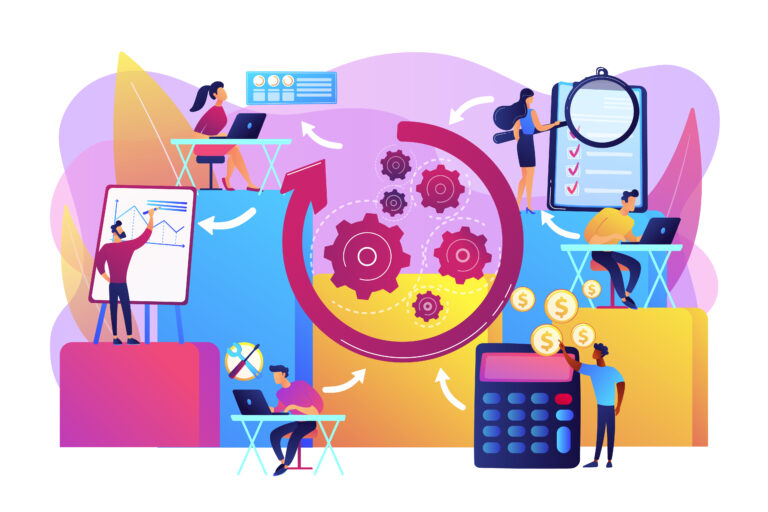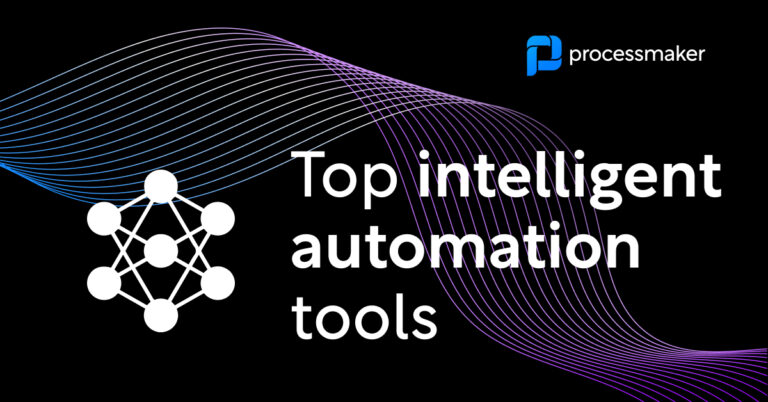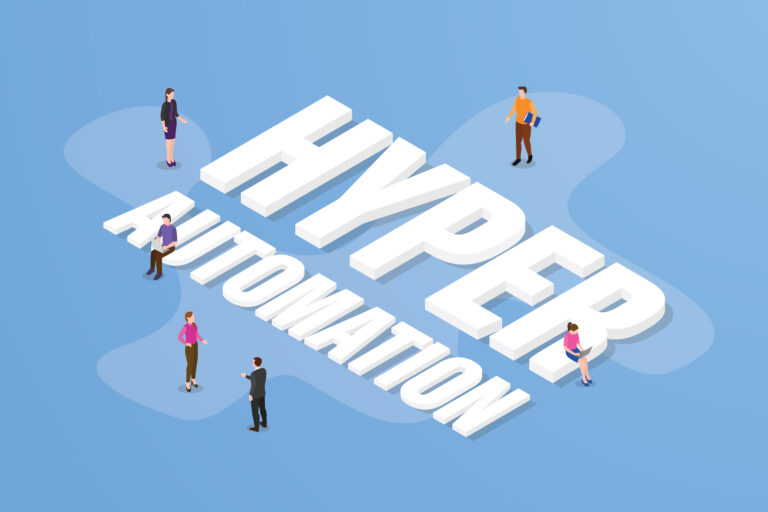The benefits of intelligent automation offer great advantages and are a tempting option for organizations seeking digital progress in 2024. AI and machine learning-infused tools top lists of strategic must-haves while promising $6.6 trillion in productivity gains over the next six years.
But not so fast: not every process is ripe for intelligent process automation, hyperautomation, or business process automation. Some require tight coordination between machines and team members. Let’s explore the seven areas of business that benefit from skills and talents that are uniquely human.
See for yourself! Try out the latest features of ProcessMaker Platform for free.
Igniting brand new ideas
Where were you when your latest big idea struck?
On a walk? Drifting in the early-morning surf? Many people tend to have their best ideas while taking a shower. Scientists refer to this phenomenon as the ‘shower effect’.
AI and automation are powerful tools for parsing massive data troves. They can reveal new ‘whats’ to think about, but don’t lose sight of the irreplaceable human ‘hows.’ Let automation gather data, then use it as a sounding board for your team to tug apart and brainstorm. Once you’re aware of your strategy, your organization can start automating tasks, reduce costs, lessen human errors, and begin the digital transformation journey.
Customer relationship management
Phoning into support is a no-go for many of today’s consumers. In fact, one-third say they’d prefer to shop at the mall on Christmas Eve than call up customer service.
But, as complexity bloats, customers prefer a human on the other end of the line. While speed and convenience rank high in satisfaction factors, more than 8 in 10 prefer a ‘knowledgeable and pleasant’ agent when navigating challenging issues.
Think of it as a pyramid. The more basic and straightforward the question, the more reason for automation. But more layered, critical inquiries, or those rich with tangents, are best handled by your most proficient human staffer if you want an optimal customer journey.
Automating customer support might sound like an alluring quick win, but savvy users are outsmarting boardroom strategy. Establishing guardrails and maintaining a clear scope is key because consumers are getting just as clever.
Recently, netizens found a way to evade ChatGPT subscription fees. How? By simply asking a car dealership’s GPT-powered chatbot to aid with their Python coding. An AI tool might market swift implementation, but that doesn’t mean you can instantly turn a blind eye.
Vision setting
Establishing your strategic direction requires a creative pool of outlooks and ideas.
While other cereal companies made snack decisions based on data from market research firms, Kellogg’s went right to the source. They found that office-based focus groups often showed what customers thought they would do vs. what they actually did in real life.
Instead, they asked school custodians what lunches most commonly wound up in the trash. Through this untapped feedback, they discovered insights from the field others missed.
This is just one example where it’s important to include various human perspectives in your vision setting. Automated tools can help analyze customer sentiments and review purchase habits. However, the sharpest competitive edge can come from unexpected sources.
Navigating crises
Automation might improve internal operations, but keep in mind that the customer is always the final arbiter of its success.
The Ritz-Carlton notoriously imbues every employee with the utmost agency to solve customer concerns on the spot. No matter where they sit in the corporate hierarchy, staffers can spend up to $2,000 to resolve a guest’s high-stakes issue—without asking for a manager’s permission. It’s special treats like these, dense with white-glove service, that make top-paying customers feel most appreciated.
When changing a password, submitting a warranty claim, or tracking orders, customers are more open to chatbots and virtual agents for a better user experience. But beware of outsourcing the human touch to automation: it might be the extra mile that separates your organization from the competition.
Content creation
Compelling headlines extolling generative AI for marketing materials. But the old adage stands true: the easier it gets for everyone to do something, the harder it is to stand out.
Inside the four walls of your office, an AI-generated passage might read like a stroke of magic. But the answers aren’t wholly unique. Your competitors, toying with the same tech in hopes of clinching strategic gains, typically receive similar-sounding results. Relying exclusively on generative AI can dull thought leadership.
Always explore other perspectives and sources. Remember, many generative AI tools pluck a ‘best guess’ from the ether. It answers your question like an inkblot Rorschach test. Most disorderly spatters likely share astounding similarities with a butterfly; an easy conclusion for AI.
But, a human would look at the chaos and infuse their own unique life experience: someone who grew up by the beach might see seashells while a musician sees an orchestra. People bring a diverse perspective to a subject matter, which is what ultimately makes a good story stand out from the Cliffs notes.
Human inspiration rarely comes from a brute-force summary. A Tweet, a line in an unrelated book, or a random conversation in a coffee shop is often the lynchpin that makes a story compelling. Artificial intelligence is a powerful tool for brainstorming, but be careful; overusing it can ultimately suppress improbable points, which are typically the most thought-provoking.
Nurturing employee relationships
Teams waste a staggering 40 million hours per month across the U.S. and UK just in completing HR-related tasks. That’s an endless list of employee-related tasks ripe for automation:
- Reimbursements
- PTO requests
- New hire paperwork
- Employee information updates
- Equipment requisitions
- Onboarding process
But is automation the answer for every employee interaction?
Not exactly. Too much automation can widen the chasm between management and staffers. As you shift interactions over to chatbots or automated workflows, introduce other ways to sustain consistent human-to-human touch points. According to McKinsey, 70% of employees derive overall purpose from their work—an intrinsic human notion that is far from automatable.
Remind employees how their work drives the overall vision and encourage them to grow their unique talents or interests through training programs. Small-group meetings with no defined outcome—but offer top talent a chance to pitch fresh ideas—are a great way to maintain employee engagement.
Ethical decision-making
Leaving heavily on AI to mind the store when it comes to sensitive matters might cause more trouble than it solves.
The problem is that artificial intelligence models are self-learning. Meaning one unethical judgment can snowball, sinking unknown biases into critical decisions. Automated tools have extended larger credit limits to males vs. females and eliminated alums of women’s colleges from job application pools. While automation aces sorting through data deluges like resumes and credit applications, keep a close eye on its decisioning.
See for yourself! Try out the latest features of ProcessMaker Platform for free.
Humans should always remain in the loop, able to jump in and redirect errant robo-verdicts.
Chatbot apps provide an identical experience between brands, and content overly plugged with AI hits repetitive notes. As you automate more functions, find ways to infuse your organization with new differentiators. Automation solutions are a must-have for reducing repetitive tasks and time-consuming work, boosting productivity, and slashing waste—but not at the risk of eroding the human touch that makes your organization stand out.
Chat with one of our hyperautomation, intelligent process automation (IPA), business process automation (BPA), and workflow automation experts to learn more about tasks and processes that you should be automating in your organization.





